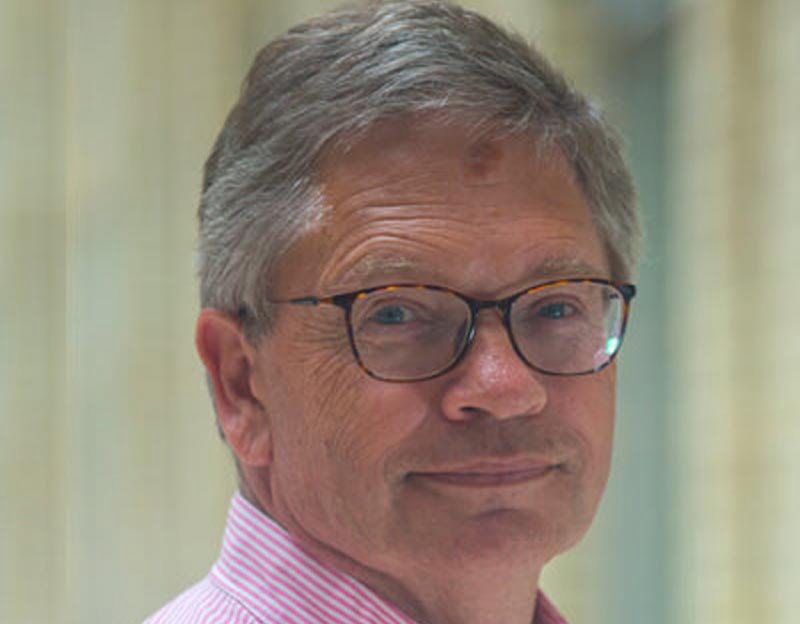The NSW government has announced that robotics expert Hugh Durrant-Whyte will take over the role as NSW chief scientist and engineer from September 3.
Mr Durrant-Whyte, currently chief scientific adviser for the UK Ministry of Defence, will take over the role from Mary O’Kane, who has held the position for the past nine years.
He was most recently director of the centre for translational data science at the University of Sydney, and previously chair of the NSW government’s innovation and productivity council, and head of the CSIRO’s Data61 when it was known as the National ICT Australia.

Minister for Trade and Industry Niall Blair said Mr Durrant-Whyte will be responsible for leading the state in the development of new robotics and artificial intelligence applications.
“Professor Durrant-Whyte is tasked with drawing together business, research and government to drive innovation in the state, while also providing independent advice,” he said.
The Australian science sector has also nominated one of their own, Madhu Bhaskaran, associate professor of the RMIT University, as Australia’s 2018 nominee for the Asia-Pacific Economic Cooperation (APEC) science prize for innovation, research and education (ASPIRE), valued at US$25,000.
The nomination, put forward by the Australian Academy Science, is in recognition of Ms Bhaskaran’s work in developing stretchable electronics and sensors made from glass-like material, known as oxide.
“These materials are very versatile and can be used for a variety of applications. But the challenge was that nobody could make them stretchable because they’re so brittle and have temperature limitations. And that’s the challenge we overcame,” she told InnovationAus.com.
Ms Bhaskaran said the technology’s potential applications include detecting dangerous gases in mines, reducing skin cancer with widespread use of UV sensors, or smart contact lenses that can analyse tears for biomarkers.
She said the next steps will be to work with industry to look at commercialisation opportunities. This is despite believing that based on Australia’s R&D industry standards, the “technology is probably at a lower technology-readiness level than what the industry would like it to be.”
“If I were in Europe or Singapore, it’d be much easier to reach out to an R&D arm in industry and work with them to get it up to the next level. That’s the challenge we are faced with. How do you grow from a relative to a higher optic level, but bearing in mind that the gap is purely associated with development and not fundamental research,” Ms Bhaskaran said.
The Academy also recognised the work of runners up, Michael Milford from the Queensland University of Technology for his research in robotics, neuroscience, and computer vision, and Igor Aharonovich from the University of Technology Sydney for developing atomically thin materials to enable early detection of numerous diseases.
Do you know more? Contact James Riley via Email.

